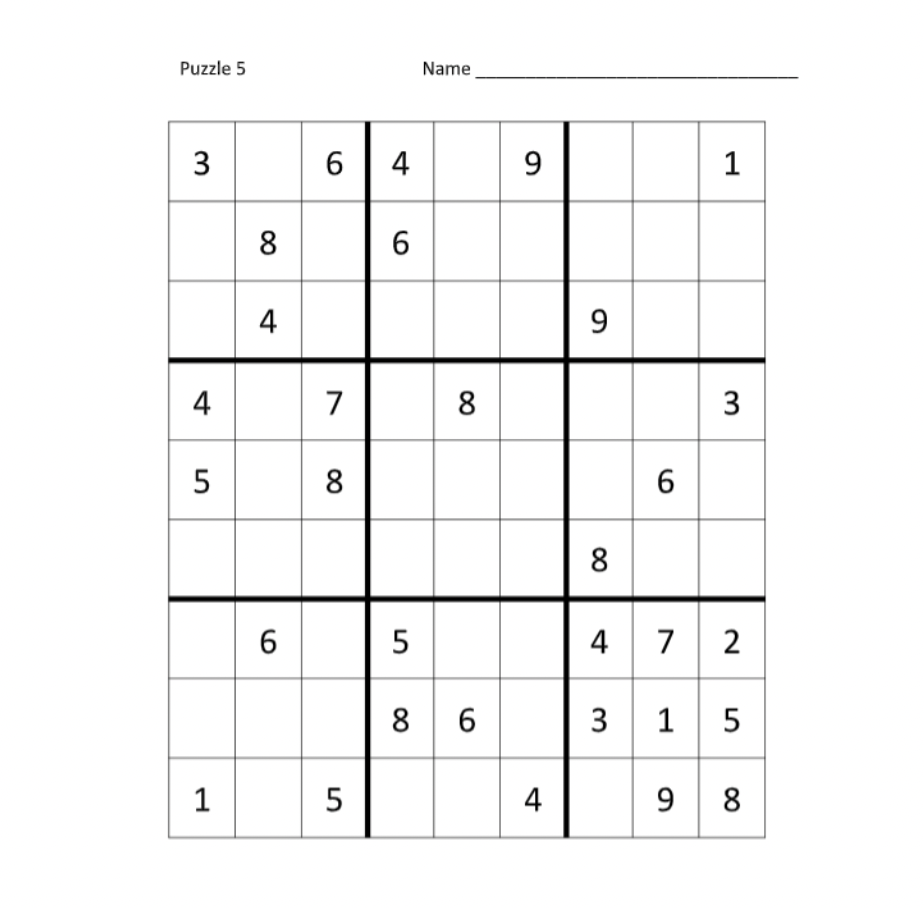Forget CoolMathGames or .io websites; the puzzles and brainteasers that The New York Times (NYT) offers are the latest trend for WCHS students. The multitude of minigames—ranging from words to math to visual—can break up the monotony of classroom lectures and refresh student minds. Here is the definitive ranking of all the NYT games, from the mindlessly tedious to the genuinely addictive.
6) Spelling Bee
Spelling Bee is a frustrating game that relies on the player forcing together different letters to make words. The crux of this puzzle is that the central letter must be incorporated into the word, along with a list of optional letters that one has to choose from. For example, the central letter might be “E,” and the surrounding words might include N, C, O, L, Y, and A. Although Spelling Bee has an aesthetic beehive design and adorable name, its limiting nature leaves much to be desired.
5) Connections
Connections is a logic-based trivia game where players group words together with a similar theme or commonality. There are 16 words and four groups, and the color of the groups reveals its difficulty level: yellow is easy, green is intermediate, blue is hard and purple is tricky. For instance, a green group might have a theme of “Metal Elements” and include copper, gold, nickel and silver, while a purple group might have a theme of “Things With Trunks” and include cars, elephants, swimmers and trees. Connections forces players to think out of the box, especially because some of the words can easily fit into different categories. It straddles the line between fun and challenging, meaning there is a natural feeling of pride after the groups are figured out.
4) Sudoku
Sudoku is a classic number-placement game that requires logic and combinatorics to fill out each cell. Traditionally using a nine-by-nine grid, Sudoku’s objective is to fill the columns and rows of the nine three-by-three subgrids with digits from one through nine. The puzzles are usually partially completed, so it is up to the player to deduce the placement of the numbers from this pre-existing knowledge. NYT has three difficulty levels, with sparser boards as the Sudoku becomes more challenging. It is extremely satisfying to see the completed grids at the end of the game, but since there is not any twist to NYT’s version, placing Sudoku above their more innovative games cannot be justified.
3) Wordle
The phenomenon that captured the hearts and screens of students, teachers and parents across the country, Wordle is a simple game that combines logical deduction with pure luck. Every day, there is a new five-letter word to guess, and players have six chances to figure out what it is. If the letter is in the correct place, it turns green; if the letter is included in the word but not in the right place, it turns yellow; if it is not in the word at all, it turns gray. Everybody has different strategies and approaches to Wordle, which naturally fosters discourse and competition. That’s the most engaging feature of Wordle: since the word is universal, there is a baseline for individuals to compare their results. The joy of getting the word in three tries or the stress from barely figuring it out in six tries never grows old.
2) Tiles
This might be a surprising placement for Tiles, but the zen mindset that one embodies whenever they play this game means that Tiles is always a highlight of NYT’s repertoire. The goal is to match tiles with similar elements while continuing your combo until the board is cleared. There are layers to the tiles, and it may be challenging to visualize the matches, but this concentration allows for the zen mentality. Indeed, the graphical aesthetic of each board is designed to relax and inspire; they can range from ukiyo-e designs to abstract colors and shapes. Many players can listen to a lecture or catch up on a podcast while matching tiles in the background—a great way to engage the hands and mind if they get restless.
1) Mini Crossword
NYT’s Mini Crossword is a wonderfully inventive spin on their traditional crossword puzzle, where players have to fill all the squares in the grid with intersecting words and phrases based on clues that the puzzlemaker provides. Every day of the week, the hints and words get more complex until Saturday, which is the most difficult of the week. There is a litany of benefits to crosswords—memory, critical thinking, learning trivia—and this miniature form means that one can reap the benefits in a shorter amount of time. The inclusion of a stopwatch also encourages competition, similar to Wordle. Many students will race their friends on who can complete the Mini Crossword faster, and it genuinely feels amazing to know the answer to a clue. Its timelessness, combined with its riveting and mind-twisting wordplay, shows that it is a no-brainer that the Mini Crossword is the best game NYT offers.









